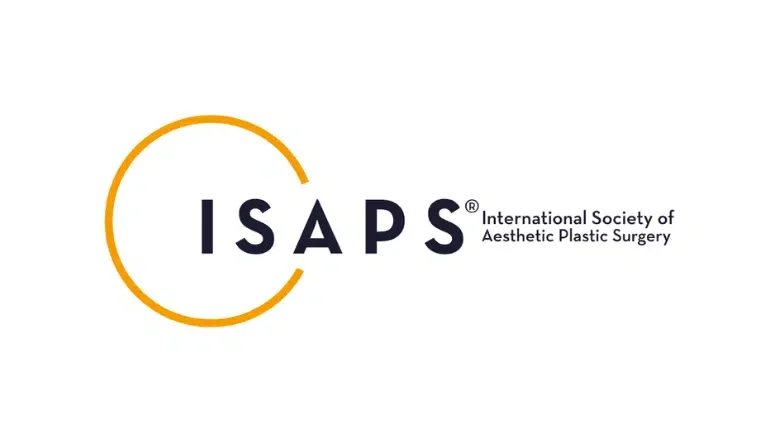Saggy Breasts after Breastfeeding – Causes & Solutions
Pregnancy and childbirth are indeed miraculous experiences, but they can also have significant impacts on a woman’s body. Many new mothers struggle to recognise themselves or feel comfortable with their new appearance after giving birth.
While the tummy is often a key concern as the muscles and skin stretch to accommodate the growing womb, the breasts can also undergo significant changes during pregnancy and breastfeeding. Many women experience sagging, deflated breasts, and a loss of volume after breastfeeding, which can negatively affect their self-confidence and body image.
Fortunately, there are cosmetic surgery procedures available to help address these concerns. Breast augmentation with implants can restore lost volume and improve breast shape, while a breast lift can reposition and reshape sagging breasts. These procedures can help women feel more comfortable and confident in their post-pregnancy bodies.
Will breastfeeding give me saggy boobs?
It is a common misconception that breastfeeding is the sole cause of saggy breasts. The truth is that the changes in breast size, shape, and appearance that occur after pregnancy and breastfeeding are largely due to the hormonal changes that take place during pregnancy.
RELATED: Breast Ptosis – Solutions for Sagging or Drooping Breasts
During pregnancy, the production of hormones such as estrogen and progesterone increases, causing more fatty tissue to build up in the breasts and increasing blood flow to prepare for lactation. Additionally, the hormone relaxin is released, which helps to stretch the ligaments and tissues in the breasts to prepare for breastfeeding and childbirth.
In the postpartum period, mothers typically experience engorgement as their body prepares for lactation, and the breasts may feel full and then empty during feedings. These changes, combined with the stretching and relaxation of breast tissue during pregnancy, can result in sagging or deflated breasts after breastfeeding.
However, it is important to note that not all women experience the same degree of breast changes after pregnancy and breastfeeding. Factors such as genetics, age, weight fluctuations, and number of pregnancies can also play a role in breast appearance.
Fortunately, cosmetic surgery procedures such as breast augmentation and breast lift can help address sagging or deflated breasts and restore a more youthful and lifted appearance. It is recommended to wait until after breastfeeding is complete before considering any cosmetic surgery procedures to ensure the best possible outcome.
What are the other causes of breast sagging?
Breast sagging, or ptosis, can be caused by a variety of factors beyond pregnancy and breastfeeding. Here are some of the other common causes of breast sagging:
- Age: As women age, their skin loses elasticity, and breast tissue can become less dense, causing sagging.
- Genetics: Some women may be more prone to breast sagging due to genetic factors, such as having naturally less dense breast tissue or weaker supportive ligaments.
- Weight fluctuations: Significant weight gain and loss can cause the skin and breast tissue to stretch and lose elasticity, leading to sagging.
- Smoking: Smoking can damage the skin’s elasticity and accelerate the ageing process, leading to sagging breasts.
- Poor posture: Poor posture can weaken the muscles and ligaments that support the breasts, leading to sagging over time.
- Menopause: During menopause, a woman’s body produces less estrogen, which can lead to a loss of breast tissue and reduced skin elasticity, causing sagging.
- Certain medical conditions: Certain medical conditions, such as connective tissue disorders, can affect the skin and ligaments that support the breasts, leading to sagging.
Can breastfeeding cause breasts to become uneven?
Breastfeeding can potentially cause breasts to become uneven, but it is not a common occurrence. Our bodies are naturally asymmetrical, and most women have slightly uneven breasts even before pregnancy and breastfeeding. It is often the case that they may only notice this lack of symmetry due to the changes that occur during pregnancy and breastfeeding.
Additionally, it is not uncommon for women to naturally have more milk ducts and alveoli in one breast, typically the left breast, which may result in producing more breast milk on one side. This can lead to uneven engorgement during breastfeeding, which may cause one breast to appear larger or more swollen than the other.
However, it is important to note that breastfeeding itself is not a cause of breast asymmetry or unevenness. Rather, it may simply accentuate any pre-existing asymmetry or differences in breast size and shape.
What is the best treatment for sagging breasts?
While there are certain lifestyle habits that can help prevent sagging breasts, such as avoiding smoking and sun damage and maintaining a stable weight with a healthy diet and exercise routine, sometimes surgery is the only option for restoring a youthful and pert breast appearance.
One option is a breast lift, also known as a mastopexy, which involves removing excess skin and tightening the breast tissues to reposition and reshape the breasts. The surgeon will make incisions around the nipple and possibly in the breast crease, depending on the degree of sagging.
If loss of fullness in the upper part of the breasts is also a concern, a breast lift combined with implants may be recommended to achieve a more aesthetically pleasing breast shape.
It is important to note that the size, shape, and position of the nipples can also be affected by pregnancy and breastfeeding, and a breast lift can address these issues as well.
To determine the best course of action for your individual needs and goals, it is recommended to schedule a consultation with a qualified plastic surgeon. Call 0207 993 4849 to arrange a consultation at Centre for Surgery today.










